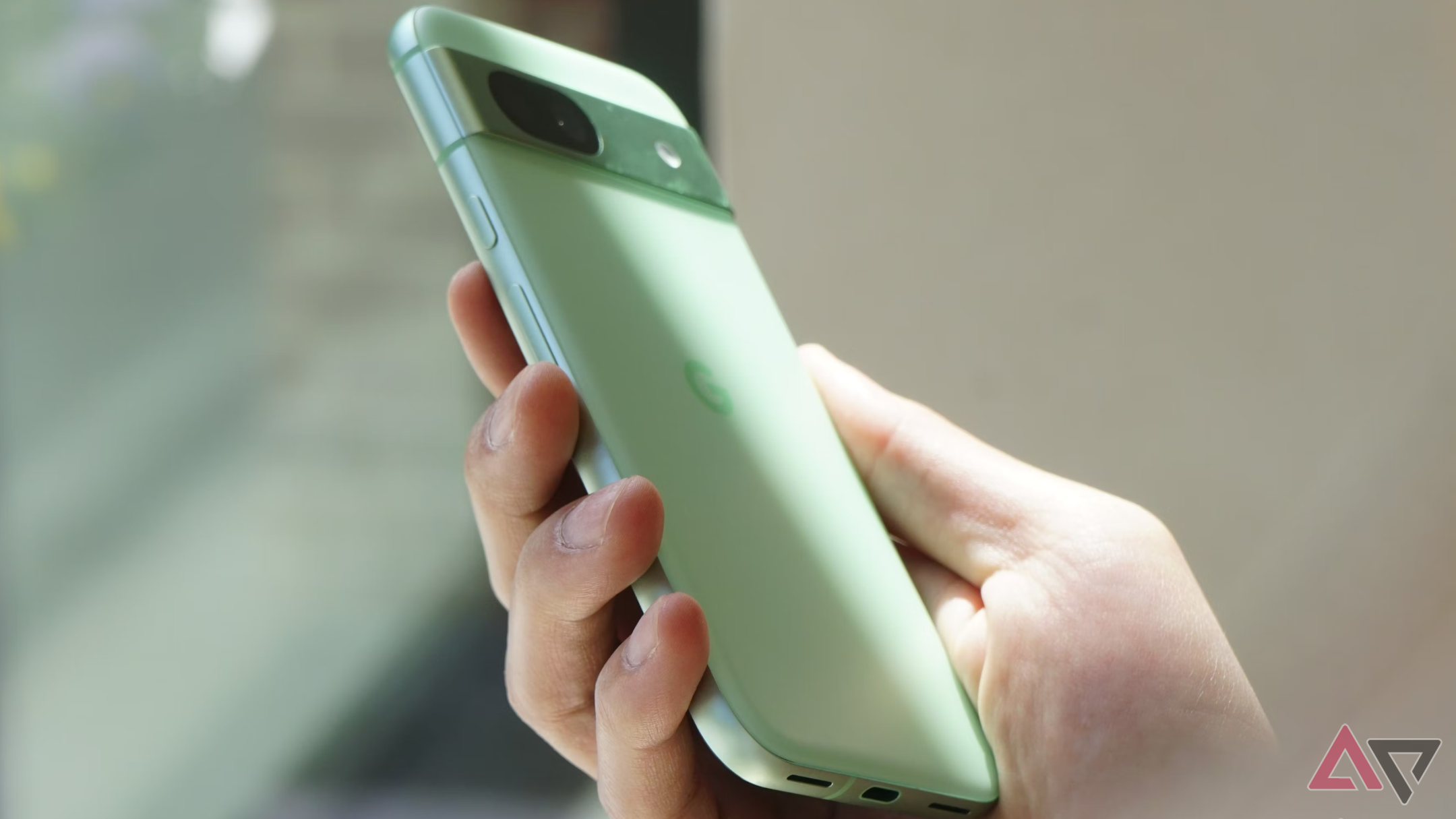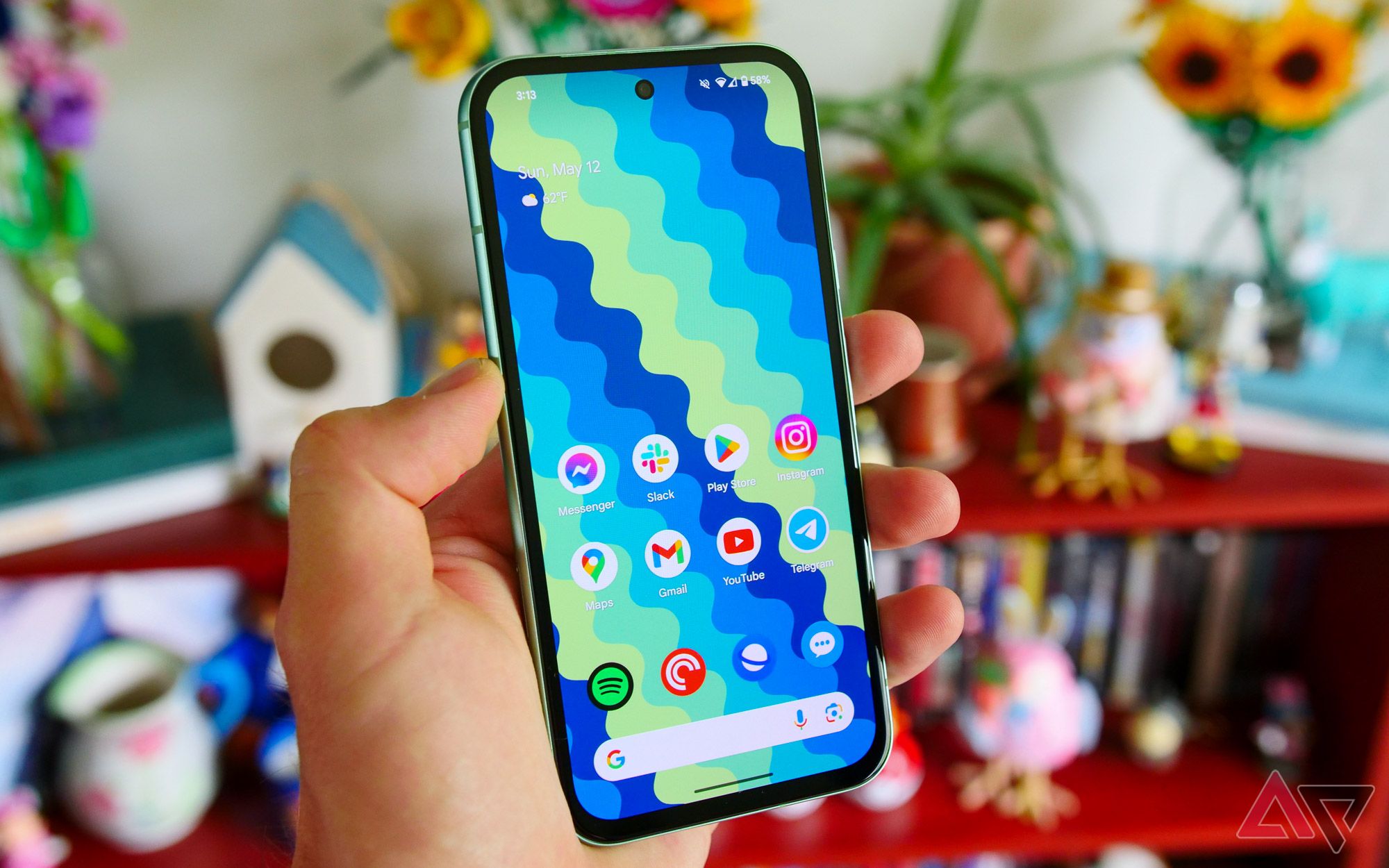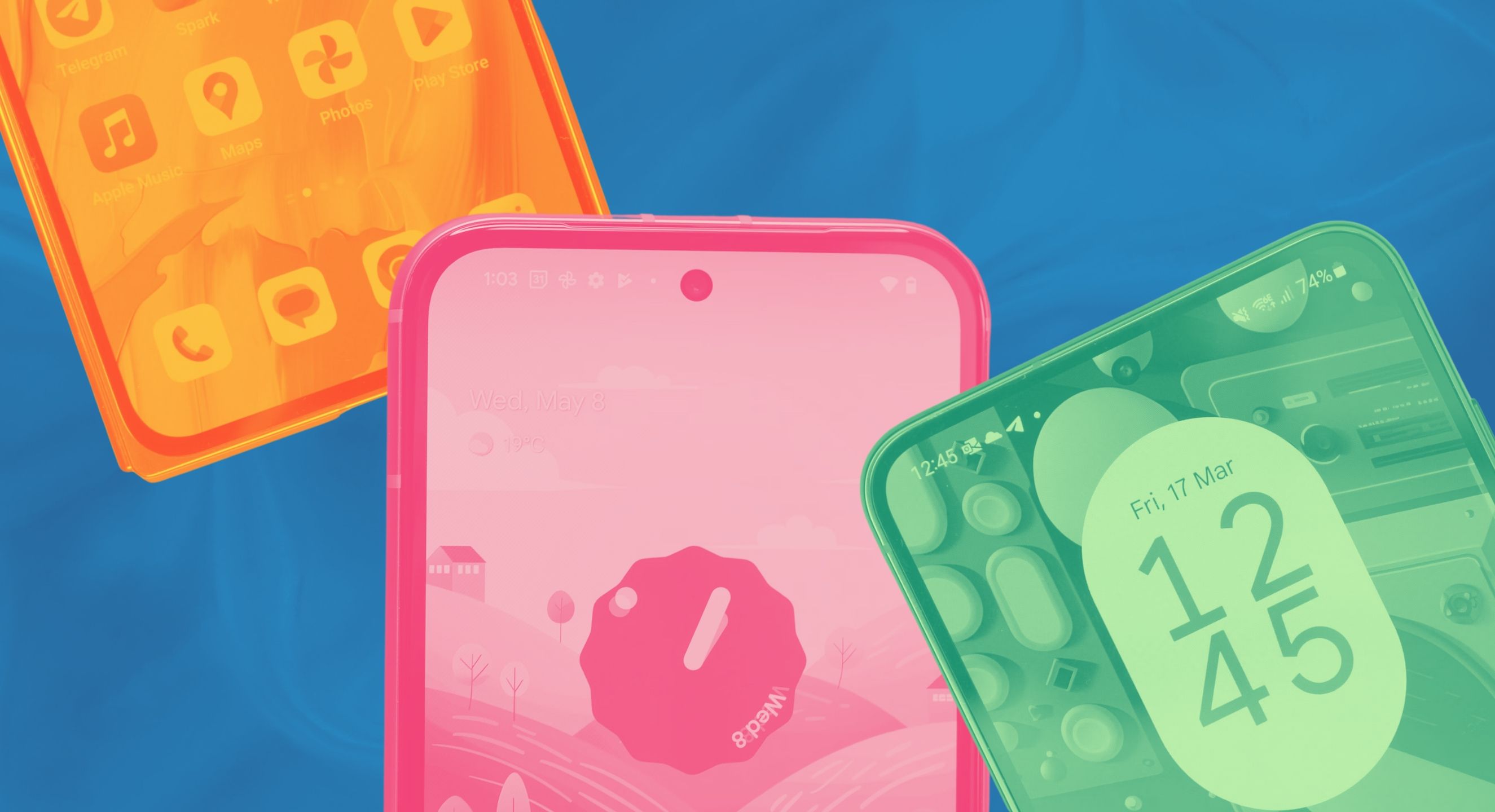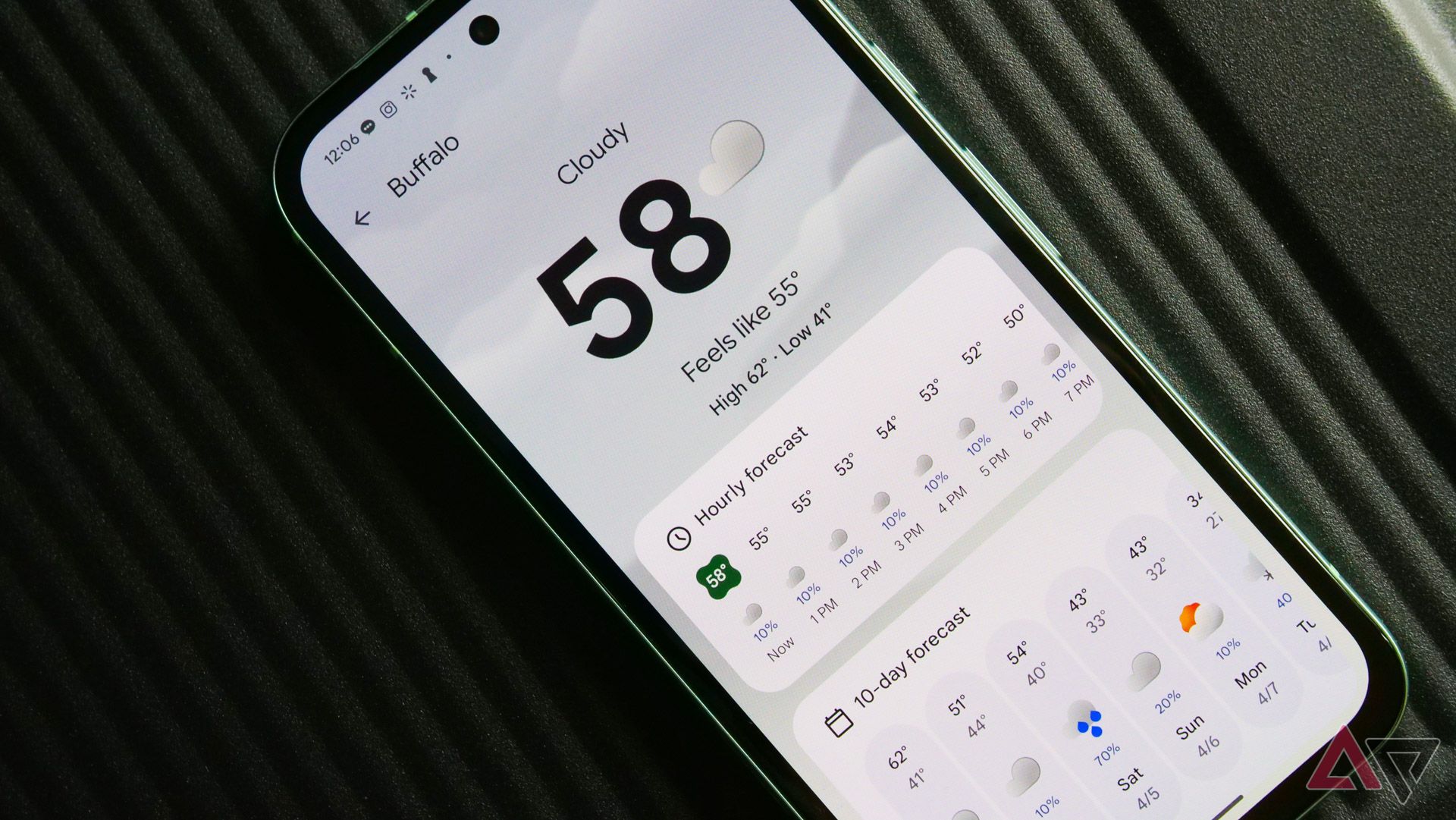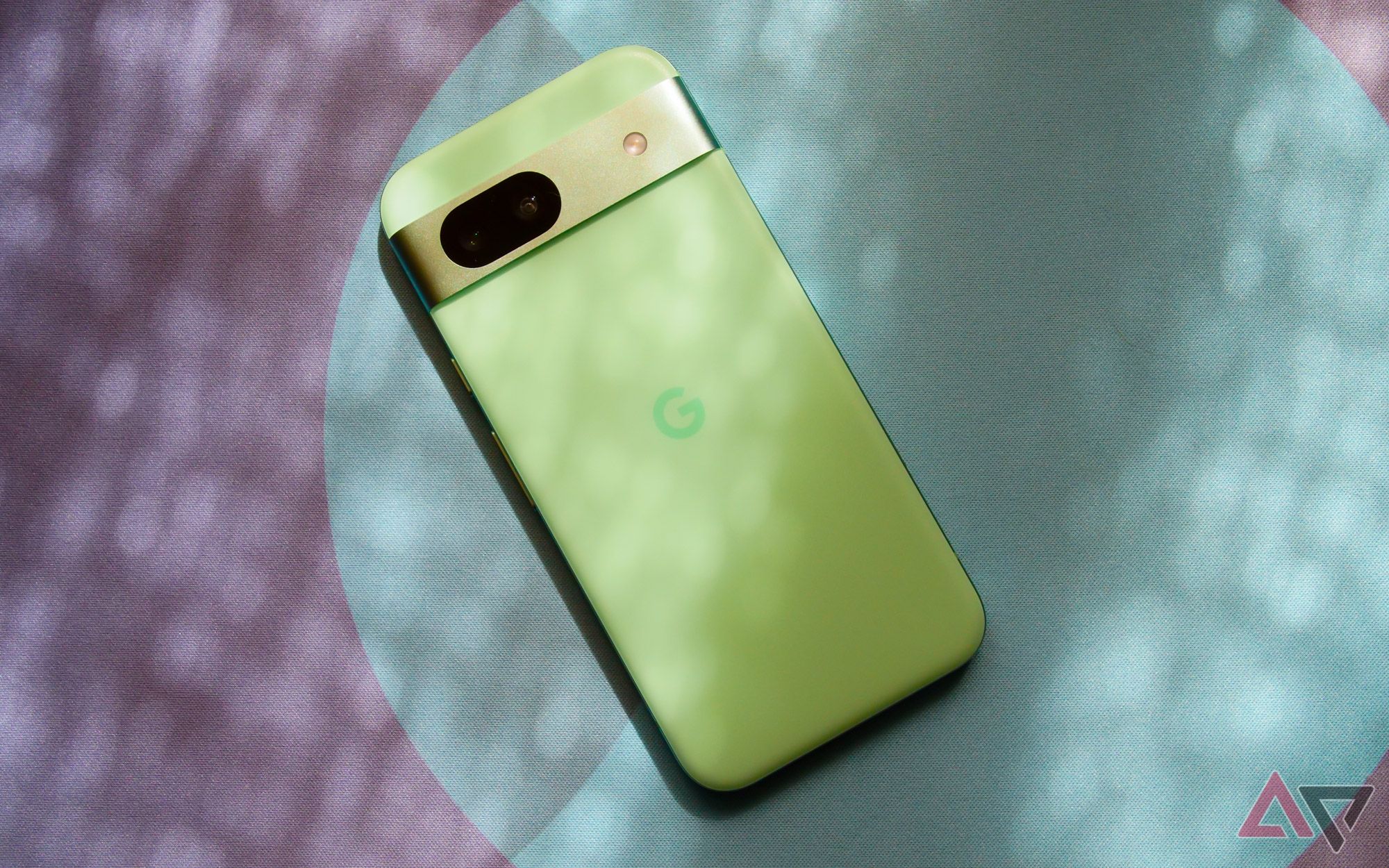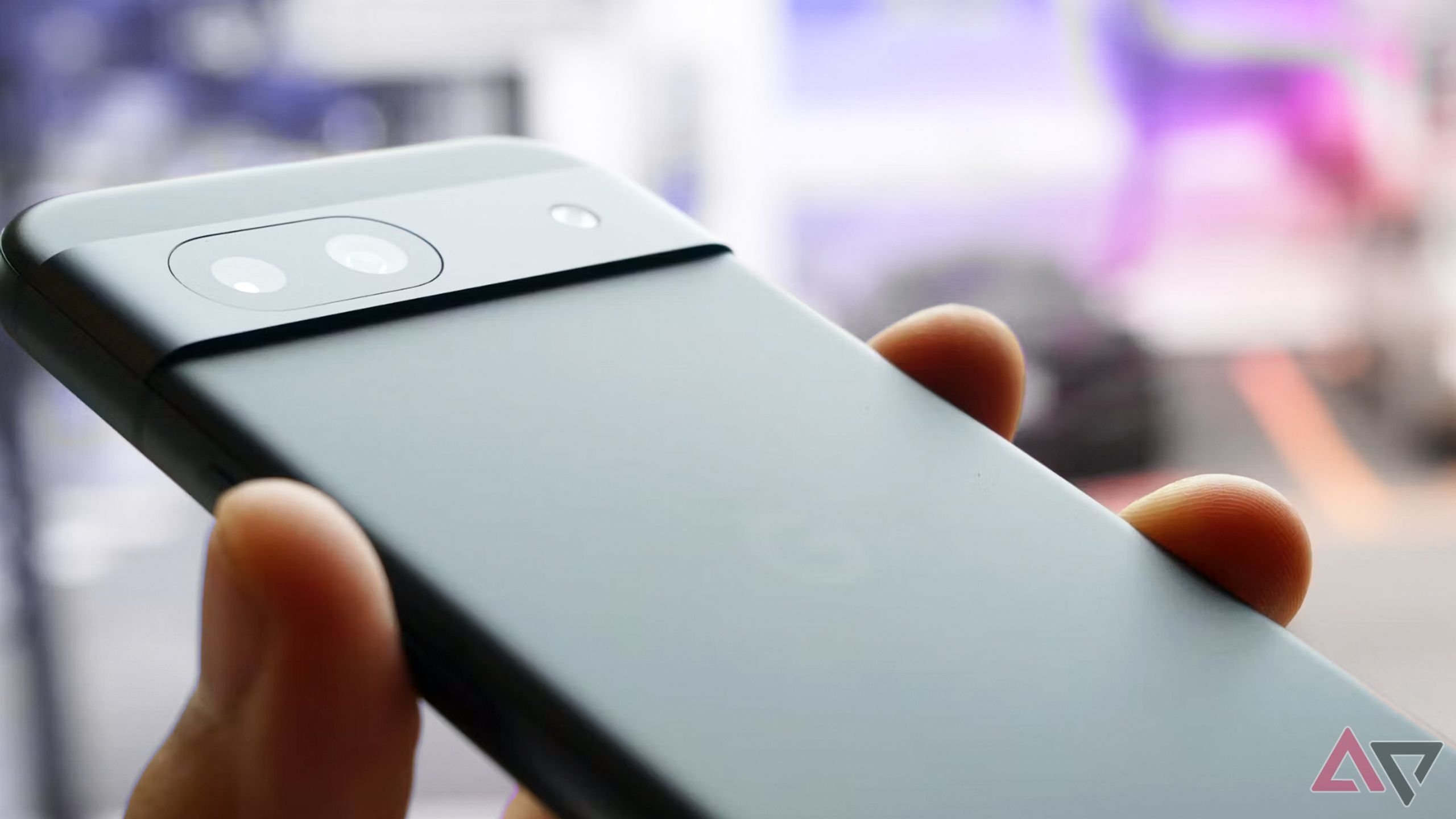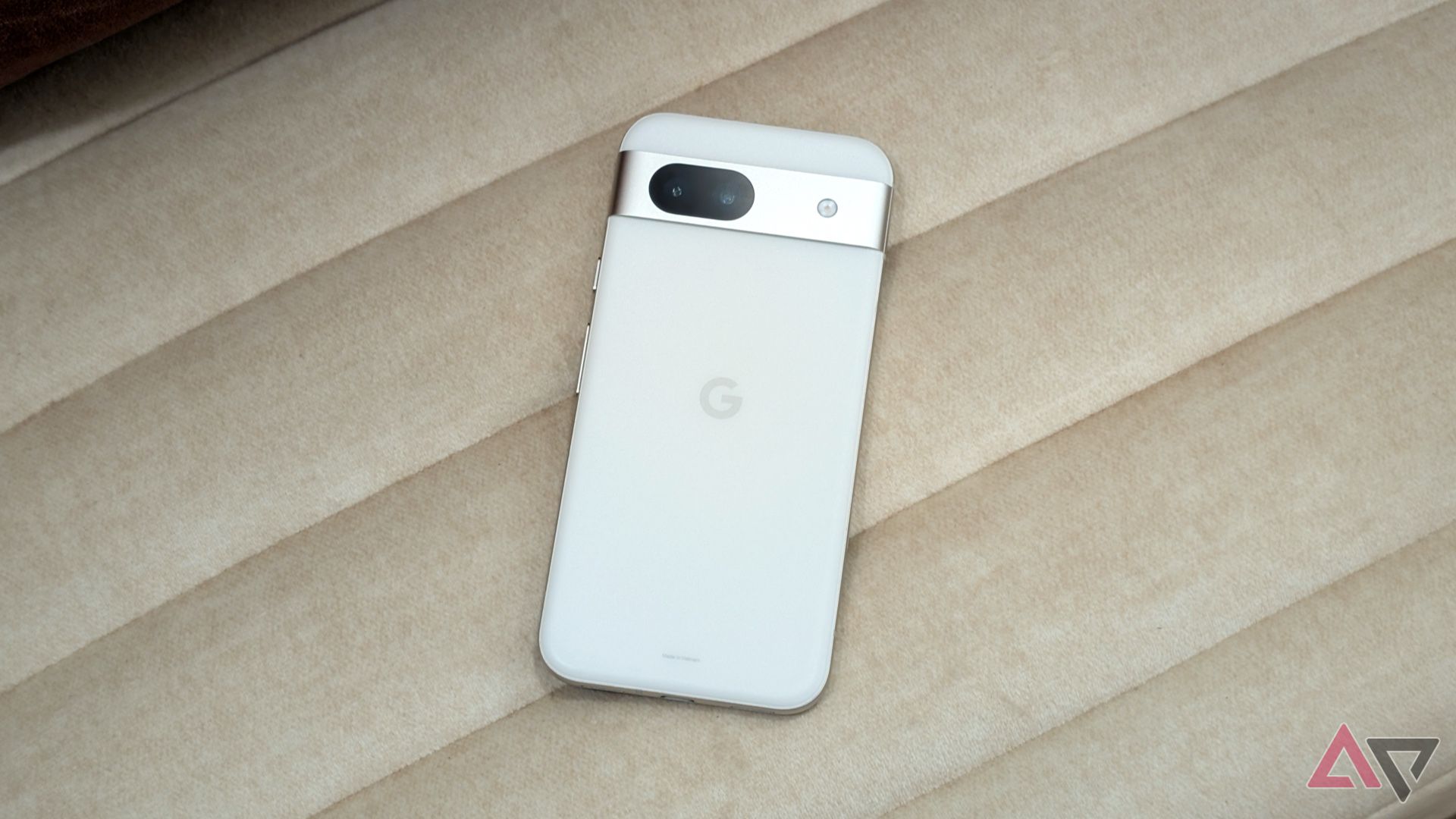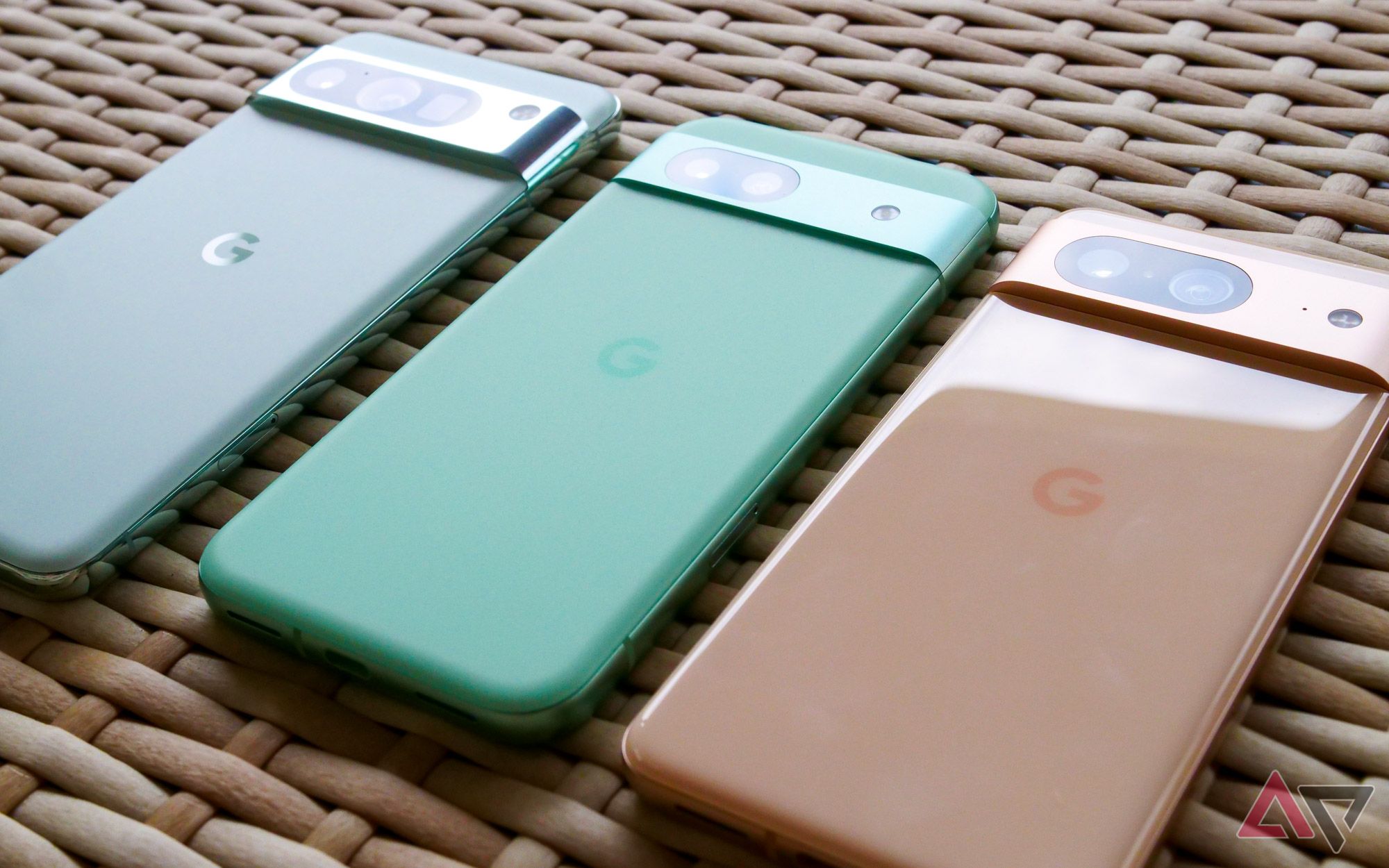After months of rumors, Google finally unveiled the Pixel 9a last month, only for a last-second delay to bounce the company’s latest launch unceremoniously into April. I took the setback as an opportunity; rather than pace around the house waiting for any sign of my suddenly-delayed Pixel 9a review unit, it was finally time to revisit last year’s Pixel 8a. I quite liked Google’s A-series entry for 2024, despite the never-ending conversation over its price point. And, in fact, in a post-Pixel 9 world, this phone simply made all the more sense to me.
But nearly 12 months after its debut, how is Google’s last mid-range smartphone holding up? About as well as anyone could hope, I’d say. After using the Pixel 8a for two weeks as my daily driver, here are six things I noticed about the phone.
6
I still love this plastic-forward design
Even if you might not
I’ll try to keep quoting my year-old review to a minimum throughout this piece, but you’ll have to allow me just this once. Here’s what I wrote about the Pixel 8a’s design back in May of 2024:
The real win comes from the matte finish of that plastic back. I can’t pretend to understand Google’s reasoning behind the textures used on its latest phones — matte is apparently both budget and premium, while glossy glass is, I guess, a secret third thing — but I appreciate the change regardless. […] This is a phone I want to hold in my hand more than any other recent Pixel. It’s also a great argument for the return of plastic backs, as I feel far less concerned about carrying this phone around caseless than either of its siblings.
All of that still holds true. I have no sense of fear whenever I slide this device into my pocket, despite not knowing where a single Pixel 8a case is in my office. While the Gorilla Glass 3 covering the display is far from shatterproof, the aluminum frame and plastic back feel easily protected on their own. I don’t see a reason to slap a case on this thing at all, unless you simply prefer the feel of something a little bulkier in your hands.
With just a few exceptions, my Pixel 8a still looks as pristine as it did on day 1, and I credit the materials Google chose with its current state. There is a slight scratch hiding near the G-logo on the green plastic, but you can only see it when holding the phone up to a bright light source perfectly. And outside of the ultra-fine scratches you’d expect to see on a device that held its spot as my daily driver for a few months last year, that’s the only cosmetic damage.
I understand why we’re stuck on glass phones these days, but — at the risk of repeating myself — I’d love to see materials like polycarbonate make a comeback on more expensive devices. It really does feel nice in the hand, even if it’s technically a bit cheaper-feeling as a result.
5
The bezels continue to not bother me, but I’m excited for the Pixel 9a’s symmetry
It’s a small touch, but an appreciated one
When the Pixel 8a was first announced, Android fans online couldn’t stop talking about two things: the price and the bezels. And, look, I get it. The Pixel 8a does have chunky bezels, even for a midrange device. The curvier corners added with this A-series entry don’t help, nor does the asymmetrical bottom bezel that gives the Pixel 8a its “chin.” Put simply, it’s not a particularly great look from the front, especially when you’re taking it out of the box for the very first time.
But I stand by my overall opinion on bezels: No one really cares about them. Every time I’ve swapped back to my Pixel 8a — even if it was only for a couple of days — the bezels blend into the background within minutes of booting up the phone. You stop noticing them, instead focusing solely on the display they’re bordering. And while the Pixel 9a keeps practically the same large bezels, I’m thrilled to see Google has since fixed the symmetry issue. It’s the one thing that kept me noticing them to begin with.
4
You really don’t miss the missing AI features from the Pixel 9
Or I don’t, at least
The Pixel 9 came preloaded with a ton of AI features — it’s the main reason my Pixel 9 Pro review is so long. Features like Pixel Screenshots, Pixel Studio, and Pixel Weather’s AI summaries all made for some great marketing, but I’m not sure how often regular people actually use those apps. For my part, I’ve struggled to fit any of Google’s big AI tools into my daily life while rocking a Pixel 9, and as a result, I haven’t found myself missing them once on the Pixel 8a.
Apps like Pixel Screenshots and Pixel Studio are, obviously, not here, but I think that’s perfectly fine. I haven’t found much utility out of scanning my screenshot collection, and Pixel Studio remains a waste of time that verges on irresponsibility on Google’s behalf. Pixel Weather is here, albeit without the AI summaries that I don’t particularly care for anyway. In other words, it’s practically a better version of Google’s latest weather app (although, yes, I’m aware you can disable summaries on supported devices).
The AI tools you might actually care about are still here, though. The Gemini experience here feels identical to how it does on newer hardware, right down to swapping between various iterations of Google’s LLM or activating Gemini Live. None of this should be surprising, since Gemini isn’t running on-device, but the result is feeling like I wasn’t missing out on anything big by dropping backwards to older hardware. Google’s done a decent job making its AI tools flashy in the moment, but I’m still waiting for that killer app that convinces me all this noise is worth it. And so far, that simply isn’t there.
3
The modem hasn’t been a big deal for me
But as always, your mileage may vary
Normally, I wouldn’t touch on specific components in a revisit piece like this — I feel like anyone reading this piece knows the ups and downs of Google’s Tensor chipset — but in the wake of the Pixel 9a’s announcement, I actually think it’s worth addressing. While the Pixel 9a swaps to the Tensor G4 chipset found in the mainline Pixel 9, it keeps the older Exynos 5300 modem from Tensor G3, rather than the upgraded Exynos 5400. And, as should be expected whenever you’re talking about Pixel and modems, some fans have been anxious about this switch.
I can only speak for myself, but reception has been totally fine on the Pixel 8a, just as it was when I reviewed the phone last May. Your experience is going to depend on where you live and/or where you frequently travel, but for those who are primarily worried about power draw in the Pixel 9a due to a weaker signal than in the traditional Pixel 9, I wouldn’t sweat it. The changes Google made over the last couple of generations have helped improve efficiency compared to the Pixel 6 and Pixel 7, and its signal, while not quite on par with the best of Qualcomm’s modems, has been totally fine.
Related
How the Google Pixel 9’s Exynos 5400 modem stacks up against Exynos 5300 and Snapdragon X75
Is Pixel 9’s modem really an upgrade?
2
This curved design is extremely comfortable to hold
But the camera bar is clearly unnecessary
It’s not just the matte plastic chassis that I’ve really liked re-experiencing over the past two weeks. The curved edges also felt like a fun throwback to the Pixel 8 generation, a design language Google stuck with for less than a full year. While I think the Pixel 9 family looks much better next to devices from Samsung and Apple, the curved edges of the Pixel 8, 8 Pro, and this 8a just feel infinitely more comfortable in my hand. I’ve also encountered fewer palm rejection issues — though that could be a consequence of the larger bezels, who’s to say?
That said, I think returning to the Pixel 8a has made me pretty excited to experience what the Pixel 9a’s missing camera bar feels like. There’s simply no real reason for the Pixel 8a to have the slim camera bump it does outside of branding, and while that doesn’t cause the phone to rattle on a table or anything, it does make an already bulky-feeling phone feel that much bulkier.
1
At the right price, this phone would be hard to beat
Hurry up and discount it, Google
As of writing, the Pixel 8a is still up for grabs at the Google Store and other electronics retailers, but it doesn’t seem like its price has changed in the wake of the Pixel 9a’s announcement (then delay, then re-announcement). That’s a shame, because I think this phone should stick around, but at a cheaper price. I’m not sure Google has the wiggle room to drop this device all the way to $350 — especially with newly-placed tariffs that could throw the entire industry for a loop — but $400 absolutely feels right for the experience provided here.
The Pixel 8a reigns among some of Google’s best Pixel phones
I’m not expecting anyone to run out and buy a Pixel 8a right now, especially with the Pixel 9a just days away from a full launch. But if you happen to see a particularly good deal on this phone — or, really, any deal — I’d still recommend picking one up. Sure, elements of this design look pretty dated (some more than others), but at its core, the Pixel 8a is one of my favorite smartphones Google has ever made. In some ways, it’s also the finale for this type of design, and for that, it’ll always hold a special place in my heart.
Google Pixel 8a
The Pixel 8a wants you to forget the Pixel 8 ever existed. With some crucial upgrades over its predecessor, including a brighter display, faster processor, and larger battery, Google’s latest mid-range smartphone is the perfect combo of speed and AI smarts. And with seven years of OS upgrades, it’s the longest lasting $500 smartphone you can find today.


